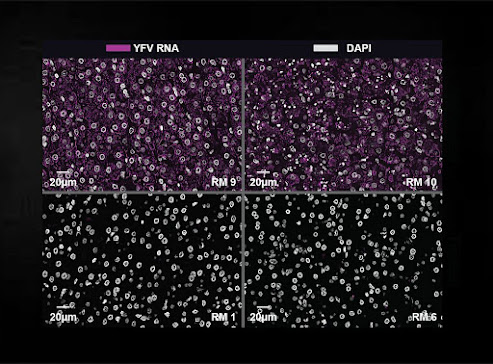 |
| Xiaoyi Raymond Gao, PhD Associate Professor Photo Credit: Courtesy of Ohio State University |
Once adults reach age 65, the threshold age for the onset of Alzheimer’s disease, the extent of their genetic risk may outweigh age as a predictor of whether they will develop the fatal brain disorder, a new study suggests.
The study, published recently in the journal Scientific Reports, is the first to construct machine learning models with genetic risk scores, non-genetic information and electronic health record data from nearly half a million individuals to rank risk factors in order of how strong their association is with eventual development of Alzheimer’s disease.
Researchers used the models to rank predictive risk factors for two populations from the UK Biobank: White individuals aged 40 and older, and a subset of those adults who were 65 or older.
Results showed that age – which constitutes one-third of total risk by age 85, according to the Alzheimer’s Association – was the biggest risk factor for Alzheimer’s in the entire population, but for the older adults, genetic risk as determined by a polygenic risk score was more predictive.
“We all know Alzheimer’s disease is a later-onset disease, so we know age is an important risk factor. But when we consider risk only for people age 65 or older, then genetic information captured by a polygenic risk score ranks higher than age,” said lead study author Xiaoyi Raymond Gao, associate professor of ophthalmology and visual sciences and of biomedical informatics in The Ohio State University College of Medicine. “That means it’s really important to consider genetic information when we work on Alzheimer’s disease.”




.jpg)


.jpg)
.jpg)

_MoreDetail-v3_x2_1600x800.jpg)




.jpg)
